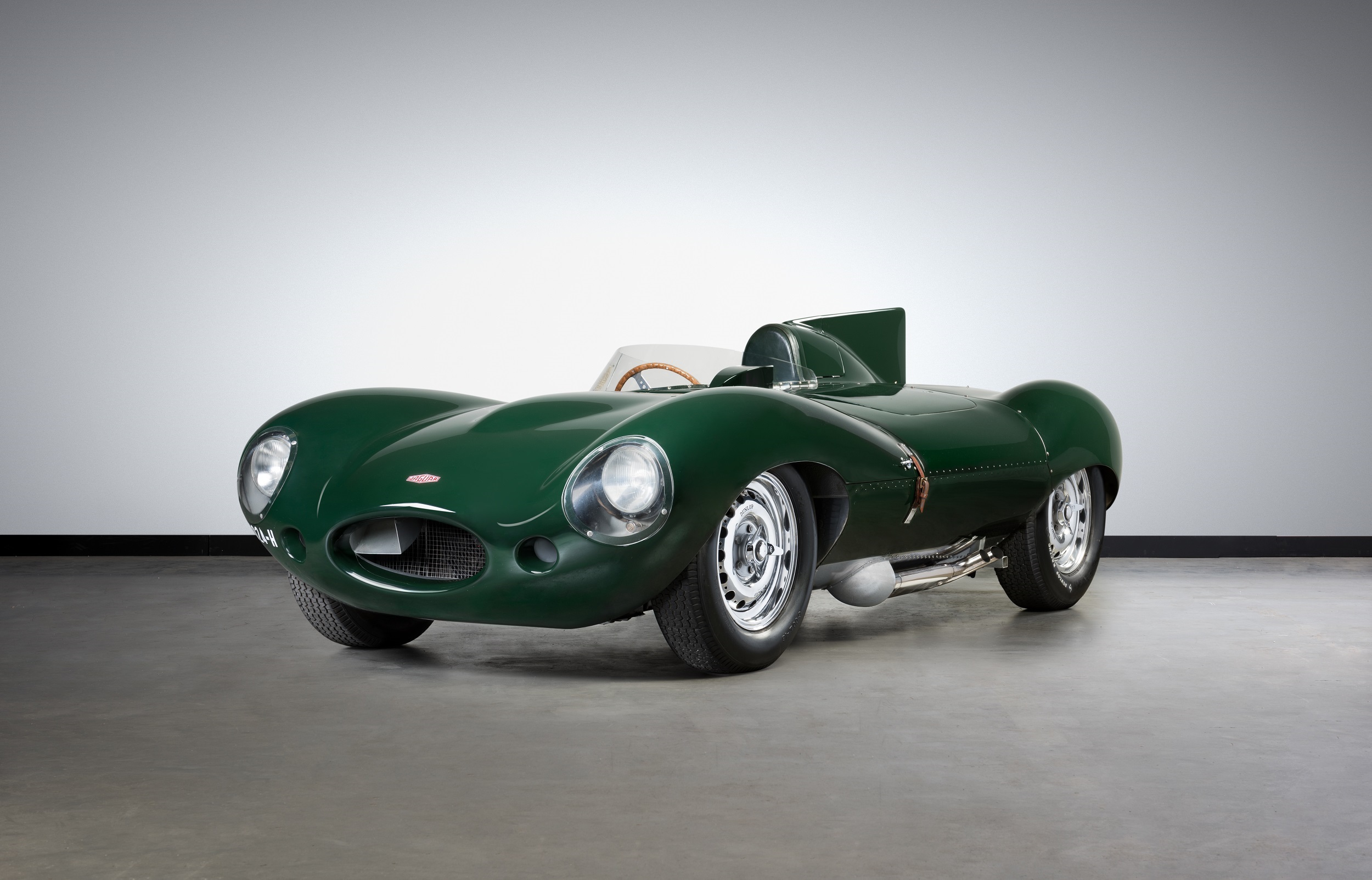The efficiency of beauty
The Jaguar D-Type inaugurates our series of great sports racing cars from the past.
Photo credit: Jaguar, Jaguar Heritage, Wheelsage
The Jaguar D-Type has many reasons to be the first of the great sports racing cars (as they called the two-seater roadsters in those years) of our collection of racing cars that made history. The first reason is indeed the very concept of the racing car: not a single-seater vehicle built to race in Grand Prix, but a car designed for the track but also suitable for the road in those years when races were also held far away from the circuits, as was the case of the Mille Miglia, Targa Florio and Carrera Panamericana.
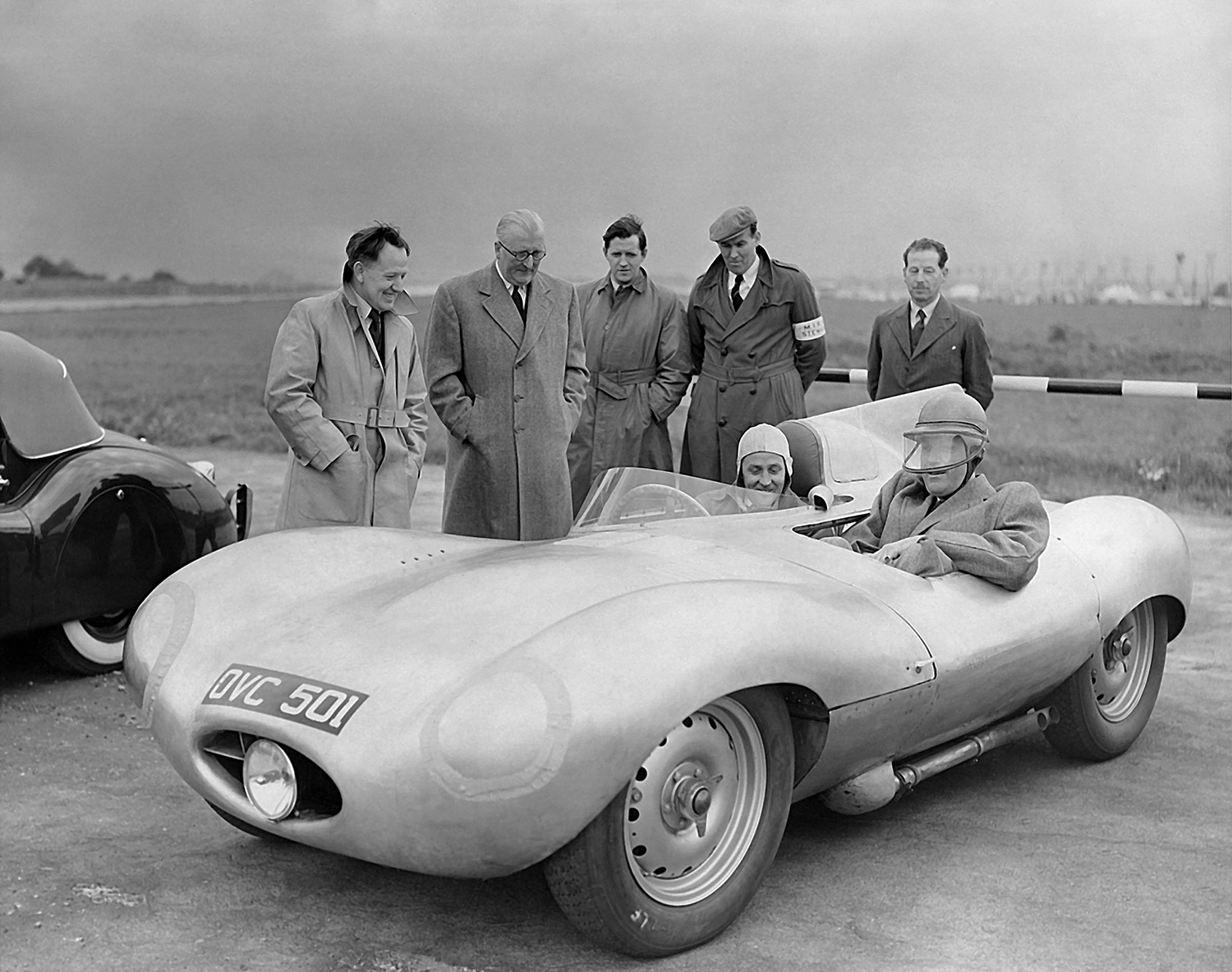
The success of William Lyons’ cars, a sort of British Enzo Ferrari who had “tasted” the world of high-performance cars before the war but created “his” Jaguar only after the conflict ended, was the result of his profound mechanical expertise and his vision and talent in the design of the bodywork. Two victories at the 24 Hours of Le Mans with the Model C, with its excellent mechanics but conventional chassis and style, prompted him to “invent” the so-called English racing car. That is to say, the pursuit of the finest components for each part of the vehicle to compensate for possible weaknesses in the quality of the whole. And the weaknesses of the C-Type were in the chassis and in the aerodynamics.
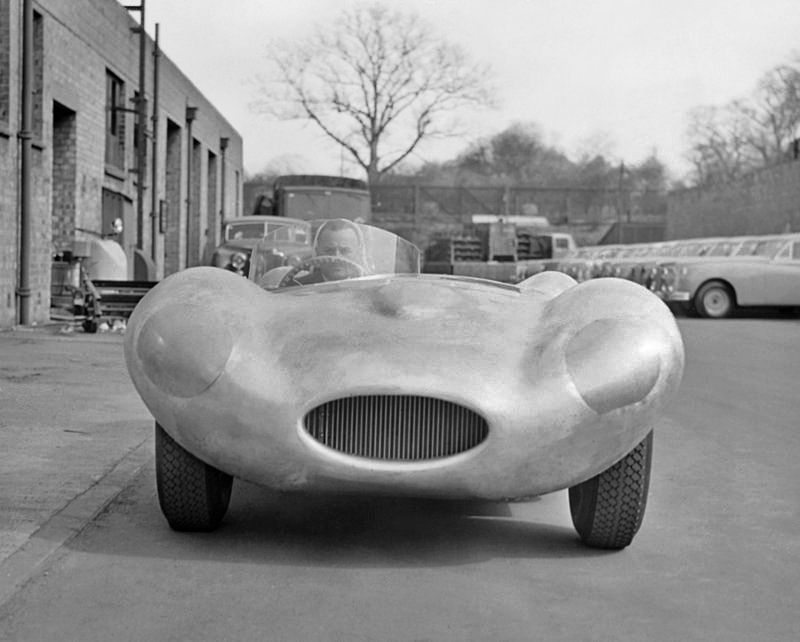
With his technicians and with the support of test driver and pilot Norman Dewis, he built a chassis that consisted in a central monocoque tub with a front bulkhead to which he attached an aluminium tubing subframe for the engine, steering assembly, and front suspension. This very innovative “mixed” chassis for the time, also had the advantage of favouring a body shape that had a minimal frontal area. The Jaguar D-Type was the result, a car built specifically to win the Le Mans 24-hour race.
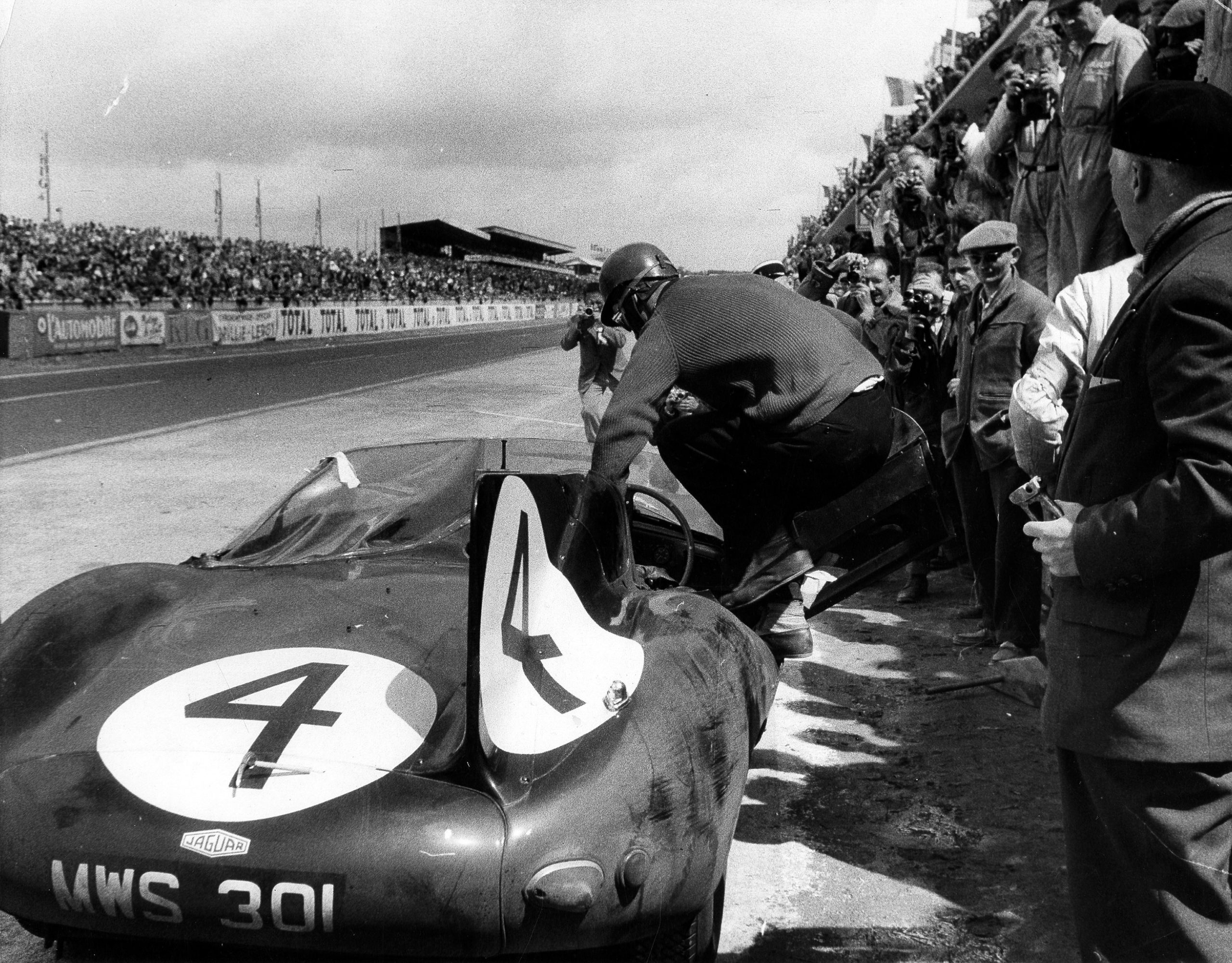
The car, which retained the innovative all-round disc brakes first introduced by Jaguar on the C-Type, a feature that was destined to have a major impact on the car industry, immediately appeared magnificent when it appeared at the start line of 24 hours in 1954: the perfectly modelled and fluid body with that characteristic headrest fairing and aerodynamic fin, made an enormous difference to the maximum speed, allowing the D-Type to claim second place. But, this first experience especially identified several necessary changes which transformed it into what everyone knows as the “long-nose” version with its elongated and more streamlined bodywork. Expectations were immediately met with successes for the following three consecutive years at the French 24 hours race: 1955, 1956 and 1957.
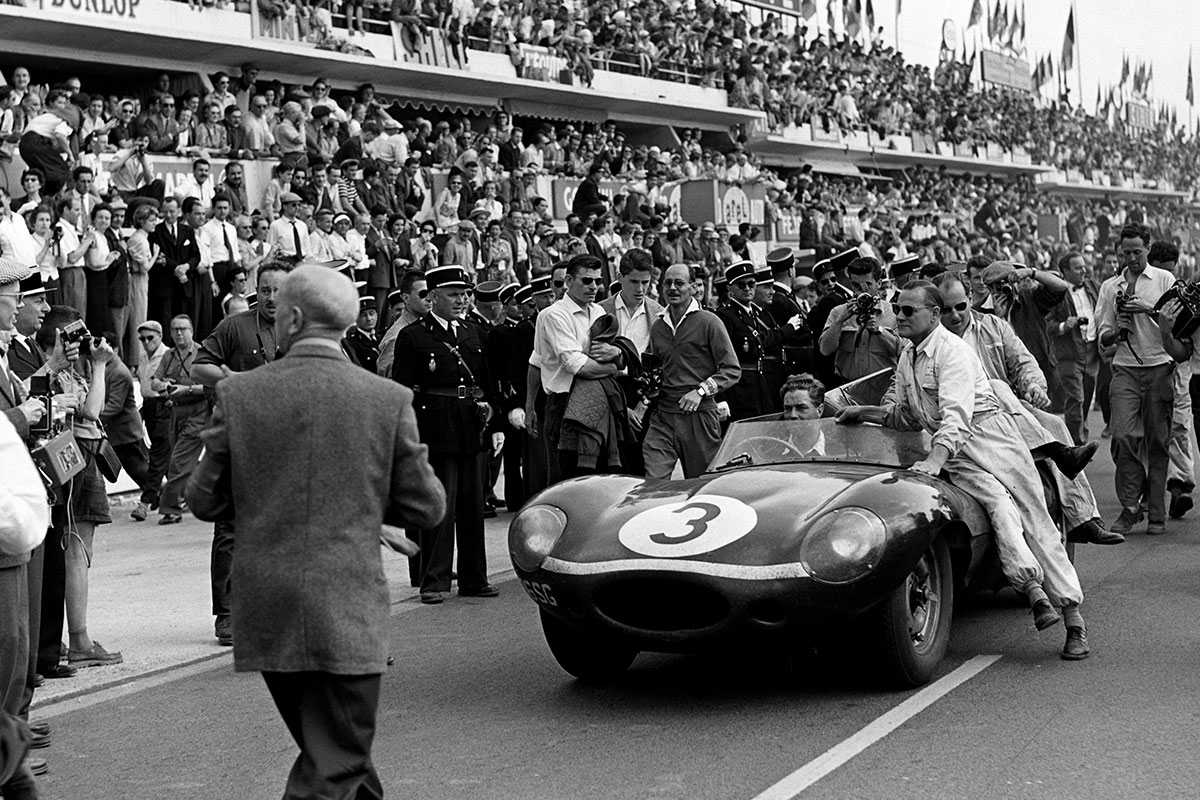
Coming back to the concept of English racing cars, it’s interesting to note that the D-Type was produced “in series”, ready-to-race, on a specific assembly line and numerous private European and American teams used it to considerable success. Some 71 examples were made (a few of which were destroyed in the terrible fire that devastated the factory in 1957).
The Jaguar D-Type in the “local” configuration of British Racing Green or Scottish Blue with white stripes of the Ecurie Ecosse “flag blue” livery, winners at Le Mans in 1956 and 57, are now highly coveted pieces in some of the world’s greatest collections.
